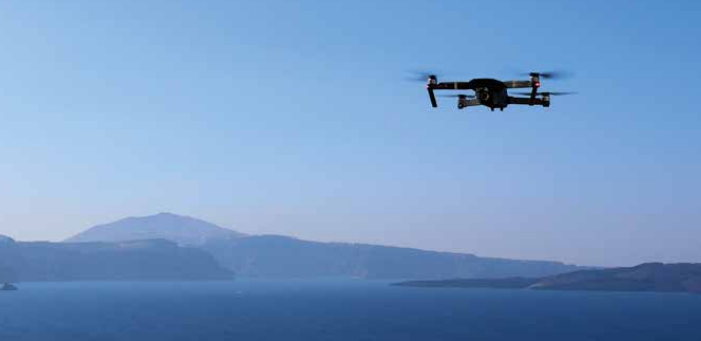Visual inspections and steel thickness measurements are vital for renewal surveys, and preparing vessels for these activities can be proven time-consuming as well as costly. For this reason, DNV GL Expert, Tomasz Oledzki, Head of Section FiS Poland, presents the benefits of using drones.
According to Mr. Oledzki, the disproportionate effort caused by traditional methods, led owners to seek alternative methods. This led to the idea of using drones. The project started in 2015, aiming to make surveying smarter, more efficient and more economical.
To achieve that, the first step was to incorporate a high-resolution camera to a drone so surveyors could look better at hard-to-reach places. After testing various drones, the team decided to use a medium-sized model for interior inspections, and a larger for outdoor inspections.
[smlsubform prepend=”GET THE SAFETY4SEA IN YOUR INBOX!” showname=false emailtxt=”” emailholder=”Enter your email address” showsubmit=true submittxt=”Submit” jsthanks=false thankyou=”Thank you for subscribing to our mailing list”]
However, Leszek Alba, a DNV GL drone surveyor, warned owners not to have unrealistic expectations, with Mr. Oledzki explaining that when the team gets a request from an owner for a drone inspection, they take the equipment on board in order to assess the condition of the vessel and determine if thickness measurements can be conducted with the drone. In case the condition of the ships is not suitable for ultrasonic thickness measurements, the team can use the drone with a camera to carry out a visual inspection.
Regarding the future, Tomasz Oledzki noted that conceivably drone measurements could be extended to cover the full scope of thickness measurements at some point. Leszek Alba added that the last step of drones development would be to make them autonomous, and able to conduct close-up inspections, as well as thickness measurements.
This kind of drones could navigate based on sensor and navigational algorithms or by deploying an electronic model like the ‘digital twin’. This would make the surveyor capable of staying outside, watching the computer screen and letting the drone do its work independently.
In fact, DNV GL informs that a research programme in Oslo is currently being developed to analyze these possibilities, while there also are scientific studies in progress to identify possible contactless thickness measurement technologies.
Nevertheless, for the time being, incorporating thickness measurements in drone surveys is already a big step, according to Mr. Alba. As he noted, the team has enough experience to know what it can achieve in assessing the condition of structures. He concluded by saying that autonomous drones will be able to do the same, but with less operator involvement.

































































